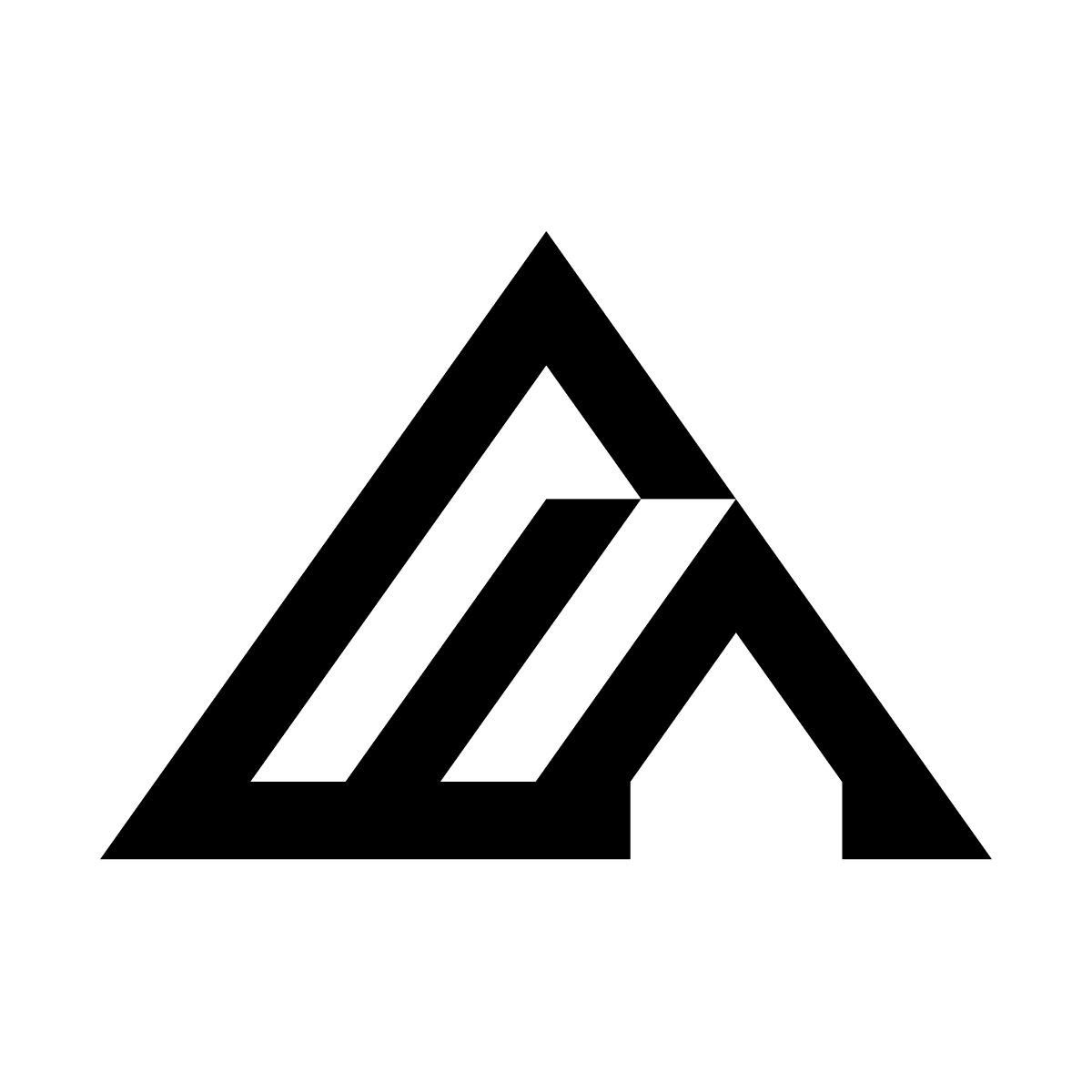Layered Compositions
Work with different depths in your image for professional results.Foreground: What's closest to the viewer
Middle Ground: The main subject area
Background: Setting the scene
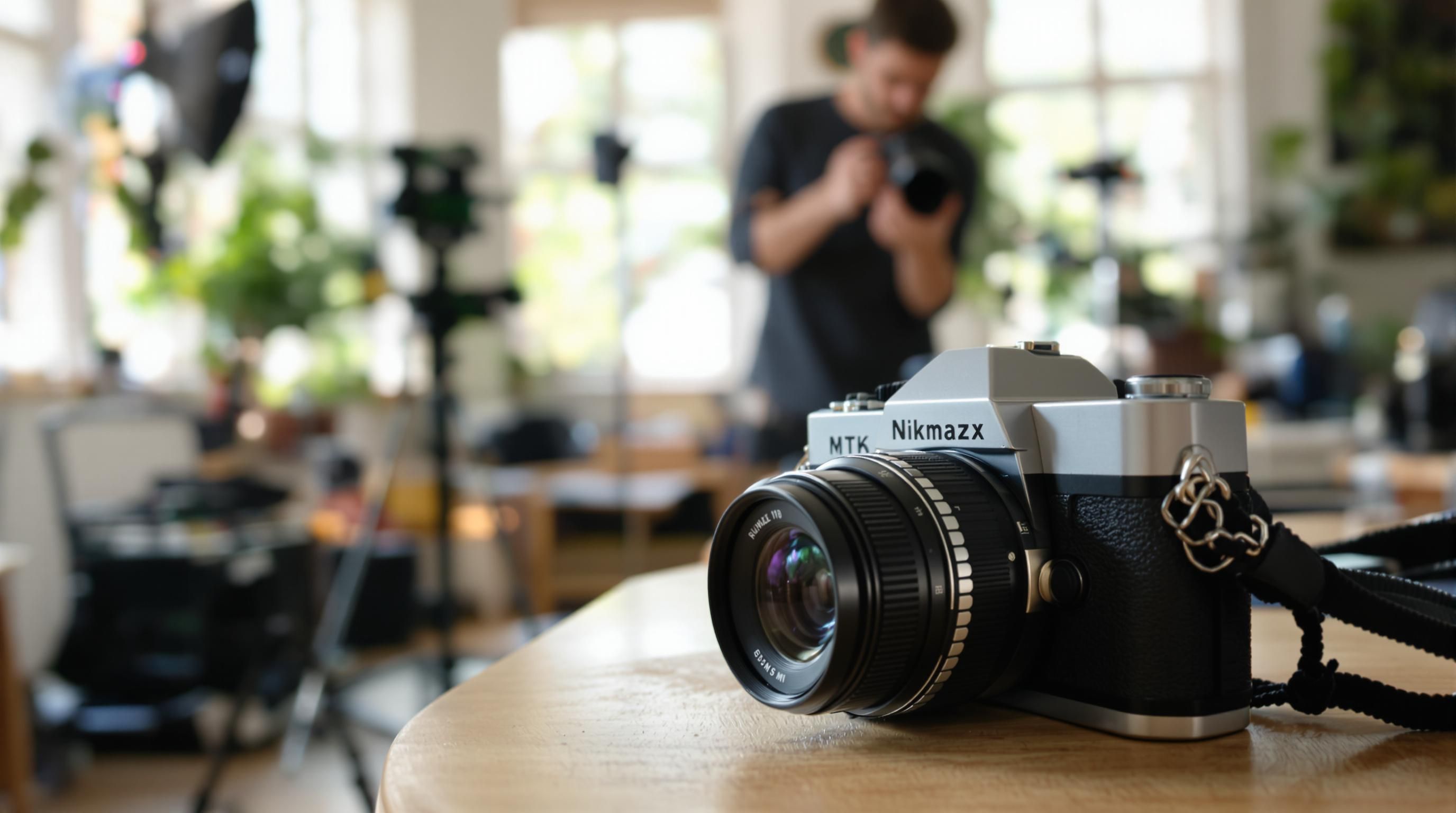
Complete Layered Prompt
Style Fusion
Combine multiple artistic approaches for unique results.- Primary Style: “Art Nouveau flowing lines and organic forms”
- Secondary Style: “with geometric Bauhaus elements and bold typography”
- Unifying Element: “rendered in a cohesive emerald and gold color palette”
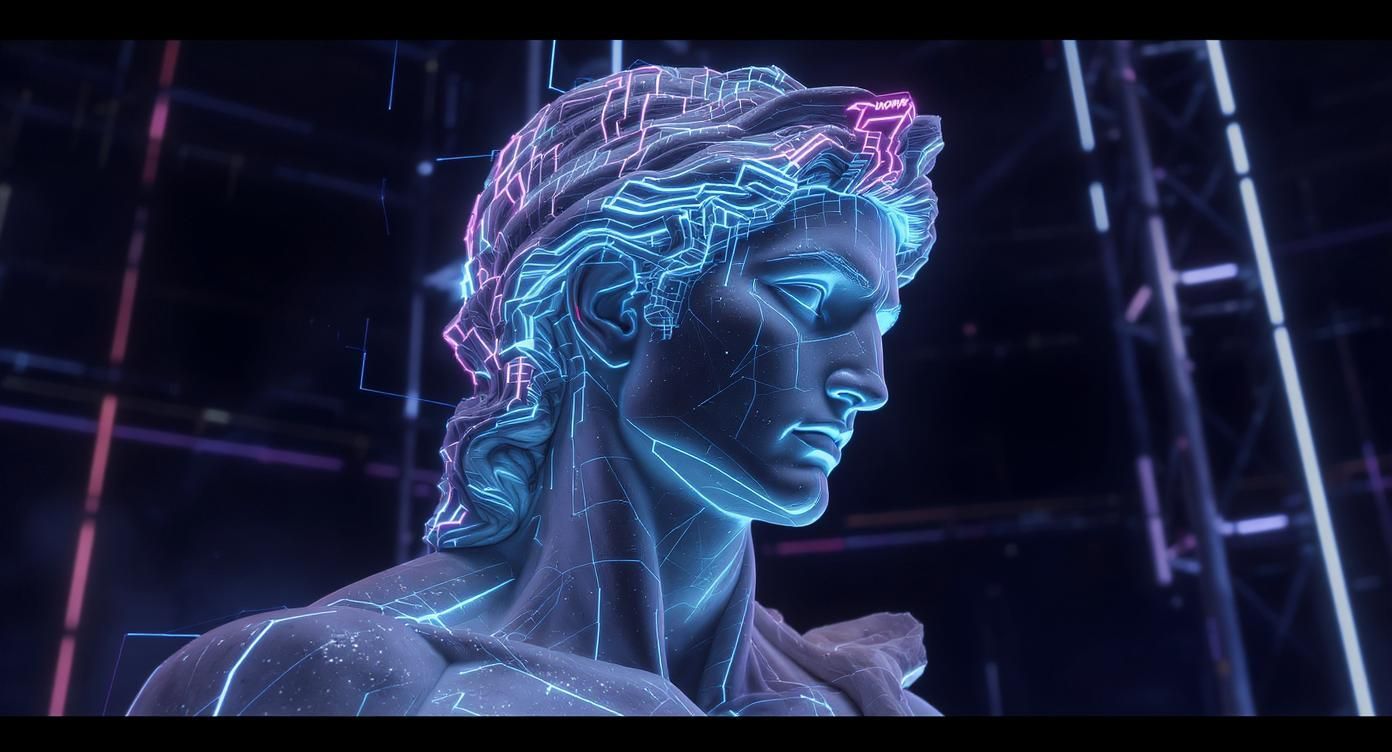
Style Fusion Example
Professional Photography Mastery
Camera Control Principles
Use specific camera terminology for better photo-style images. FLUX understands technical specs as creative intent, not just numbers. Camera terms:- f-number (like f/1.8 or f/8) = how blurry vs. sharp your background is. Small numbers (f/1.8) blur the background; big numbers (f/8) keep everything sharp.
- mm (like 24mm or 85mm) = how much of the scene you see and how “zoomed in” it looks. Small numbers (24mm) show wide scenes; big numbers (85mm) zoom in closer.
- ISO = how bright the image is in low light. Low ISO = clean image; high ISO = brighter but grainy.
Lighting Principles
Portrait Lighting Basics
Portrait Lighting Basics
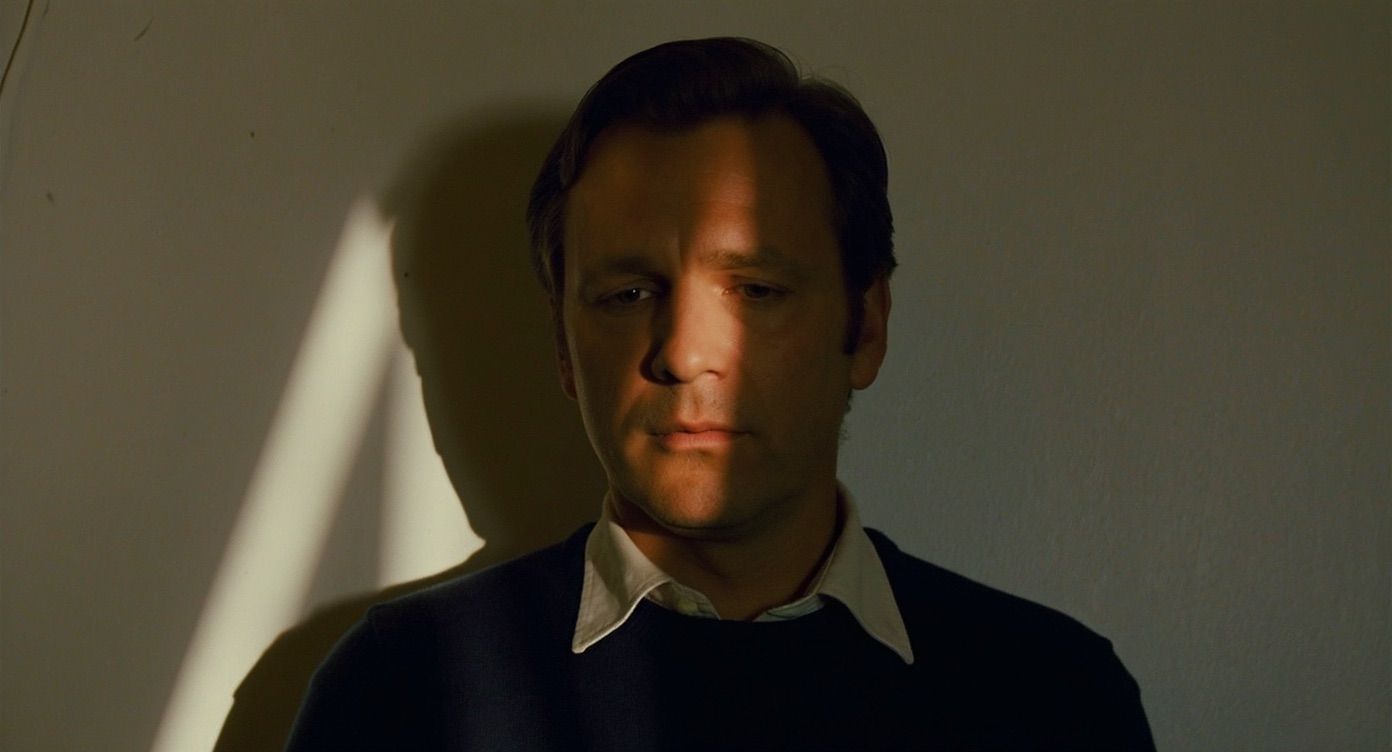
Rembrandt lighting
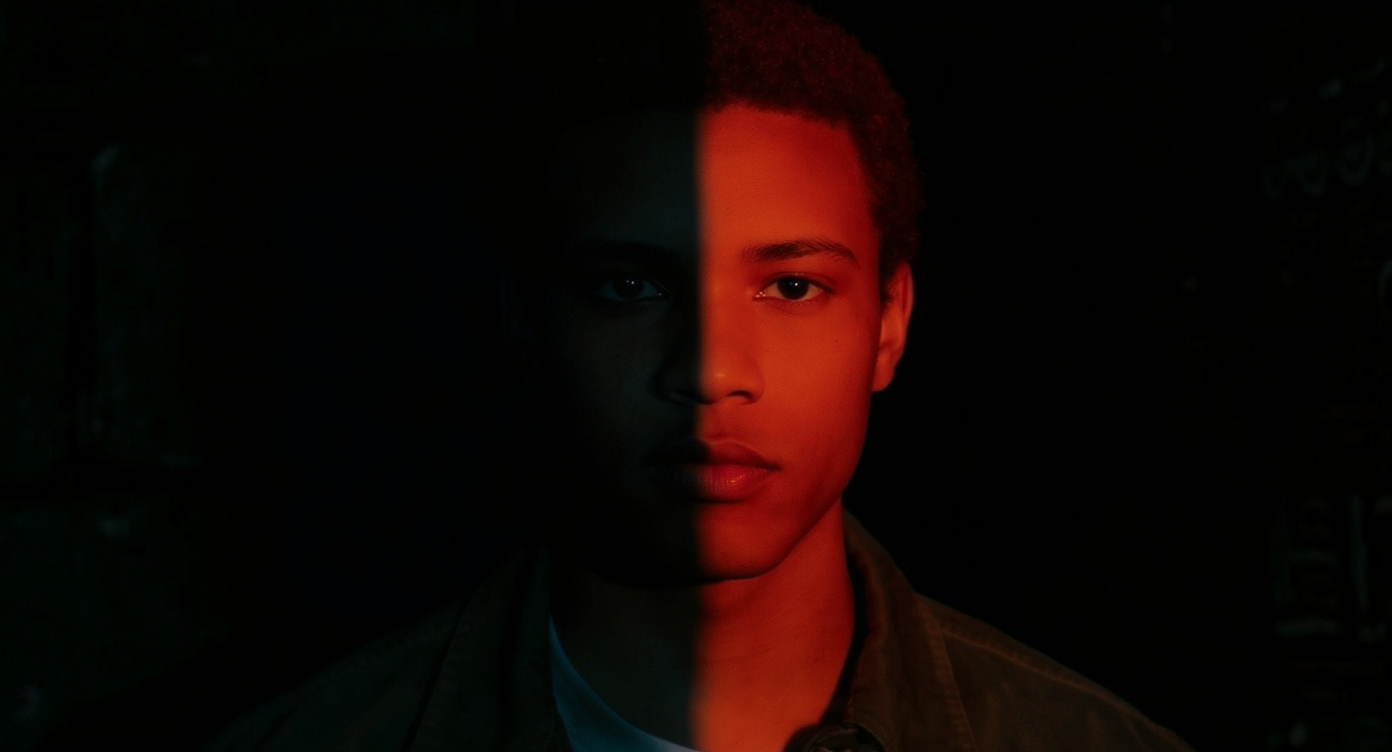
Split lighting
Environmental Light Quality
Environmental Light Quality

Window Light
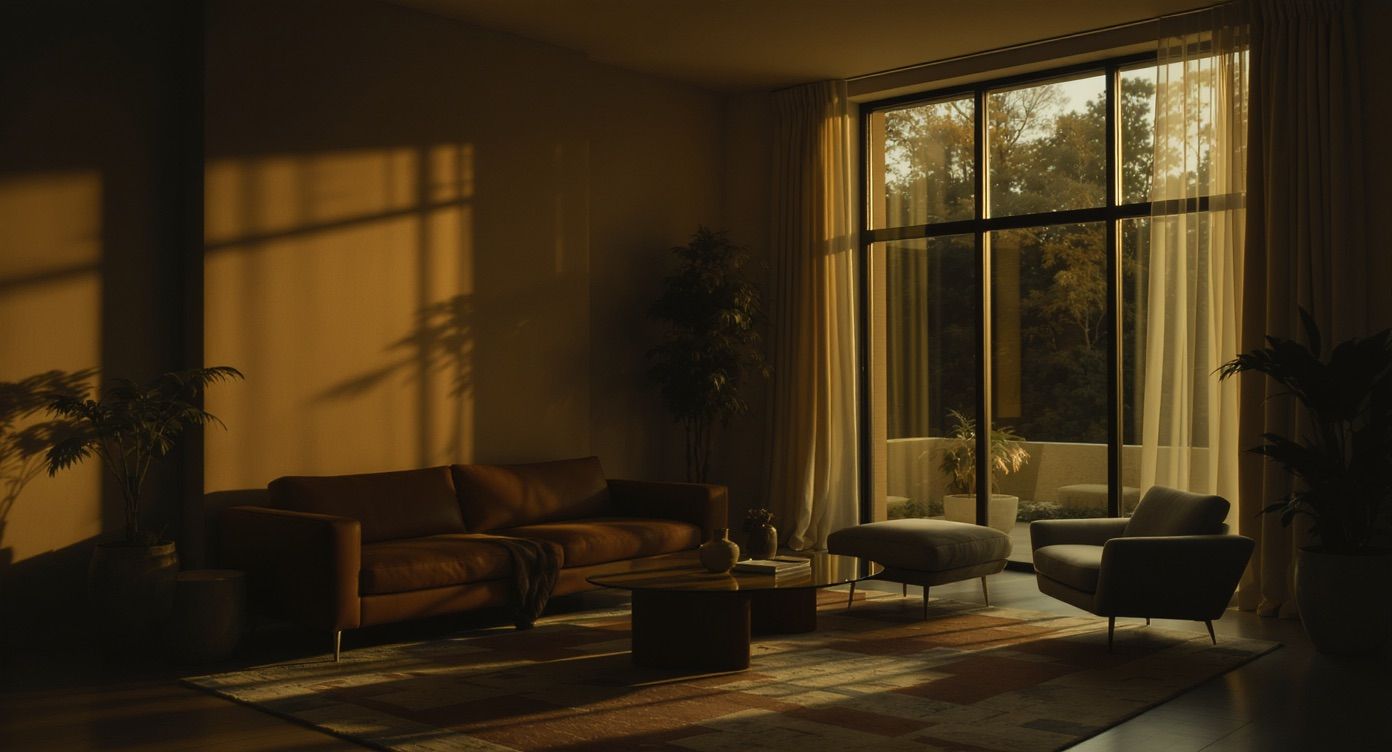
Golden hour
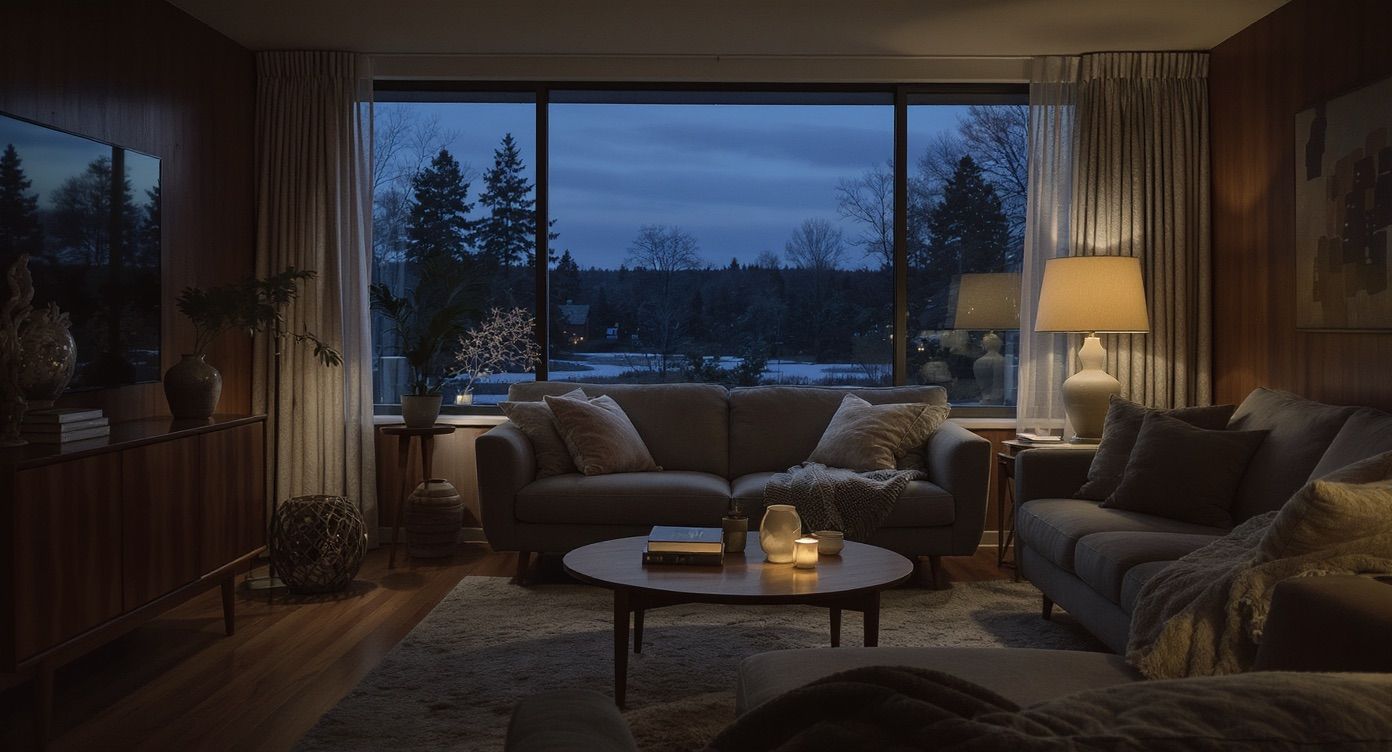
Blue hour
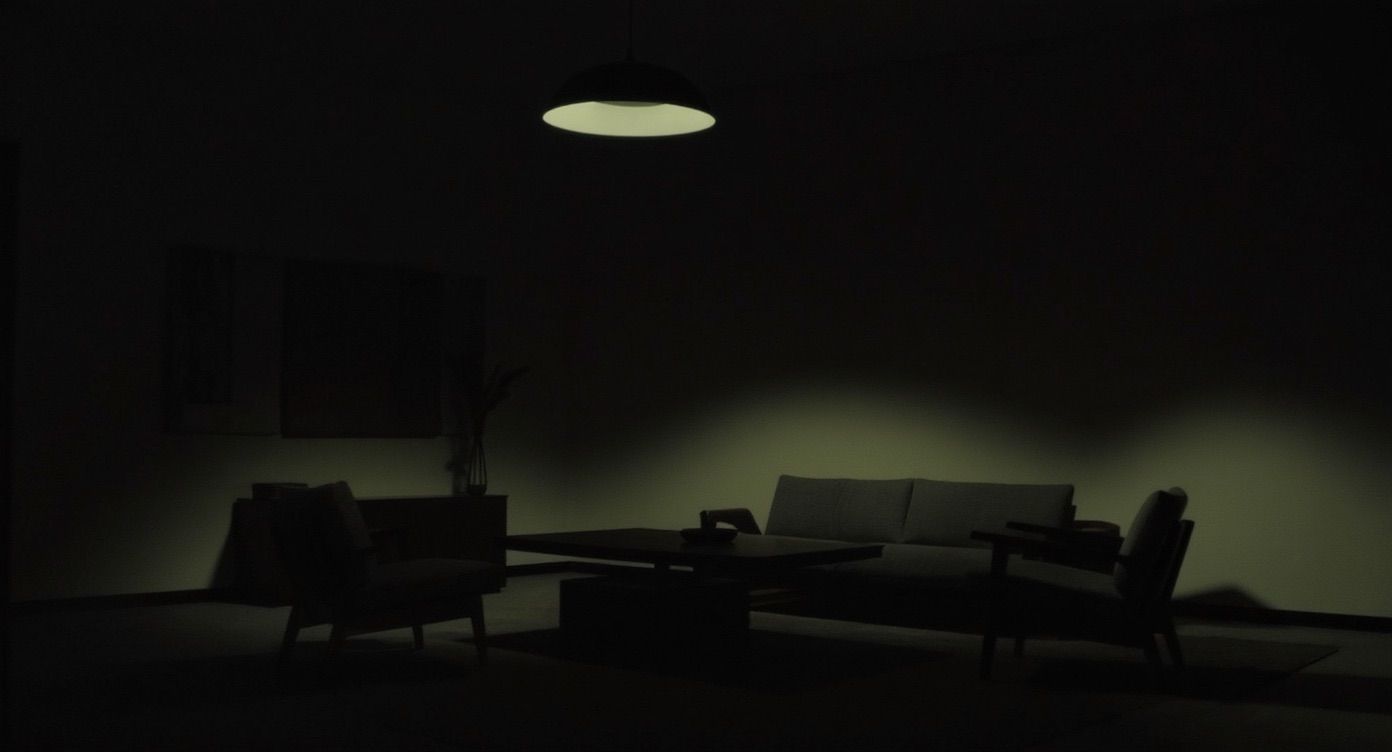
Overhead artificial light
Cinematic Styles
Cinematic Styles
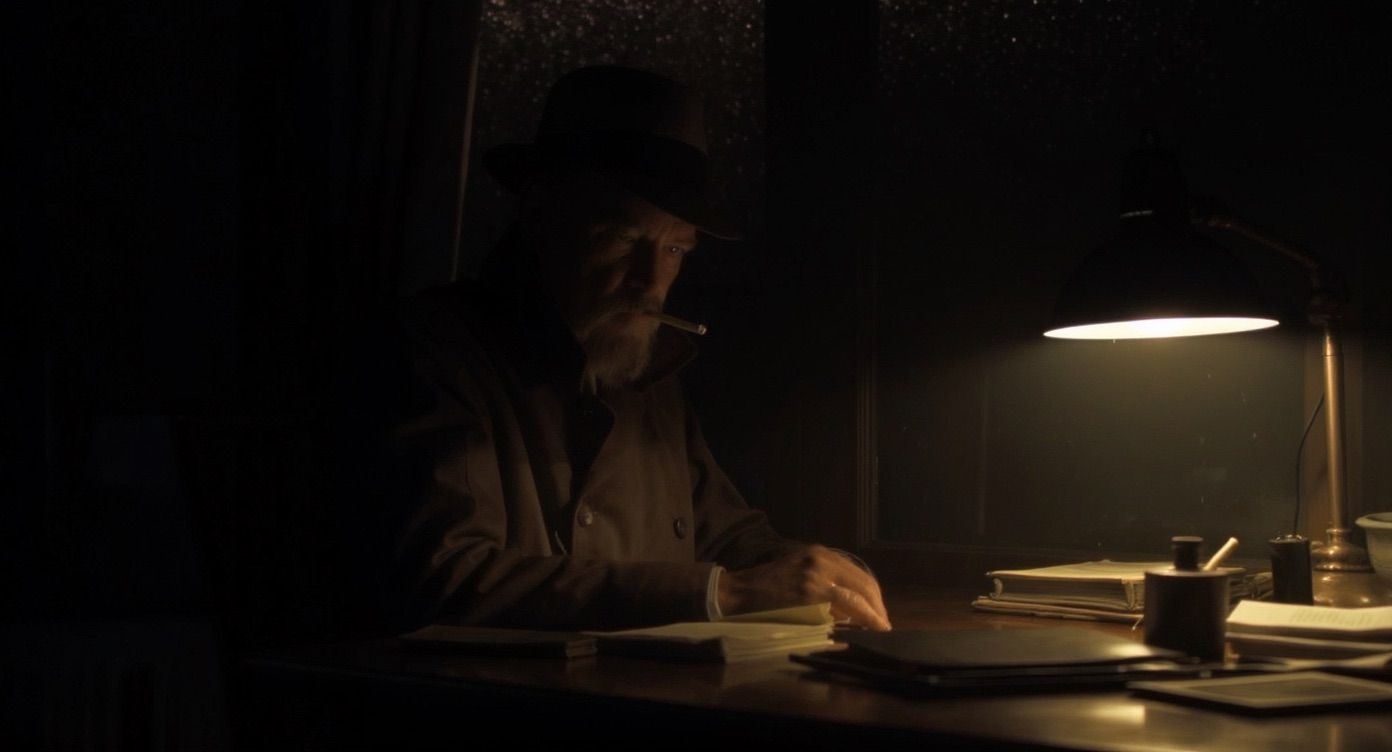
Chiaroscuro

Practical lighting
Composition Concepts
Creating Depth & Interest
Creating Depth & Interest
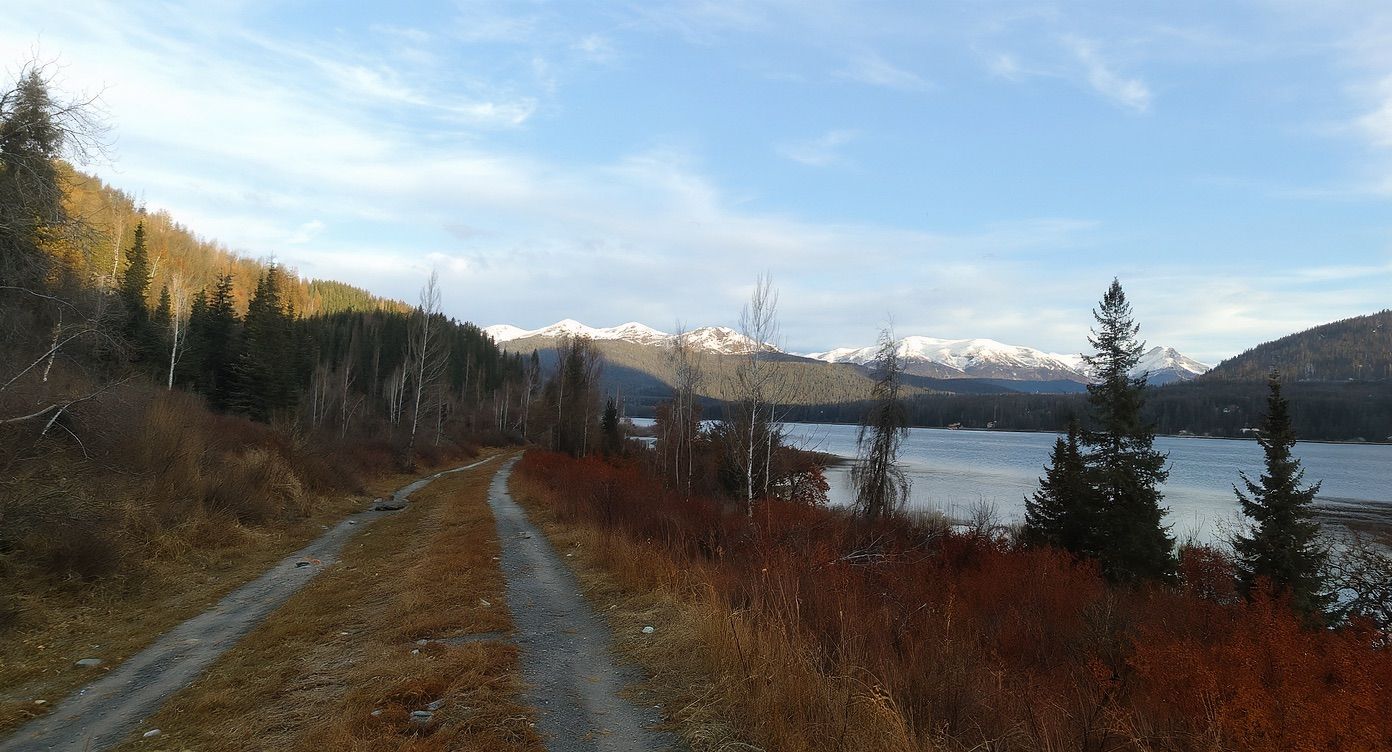
Rule of thirds
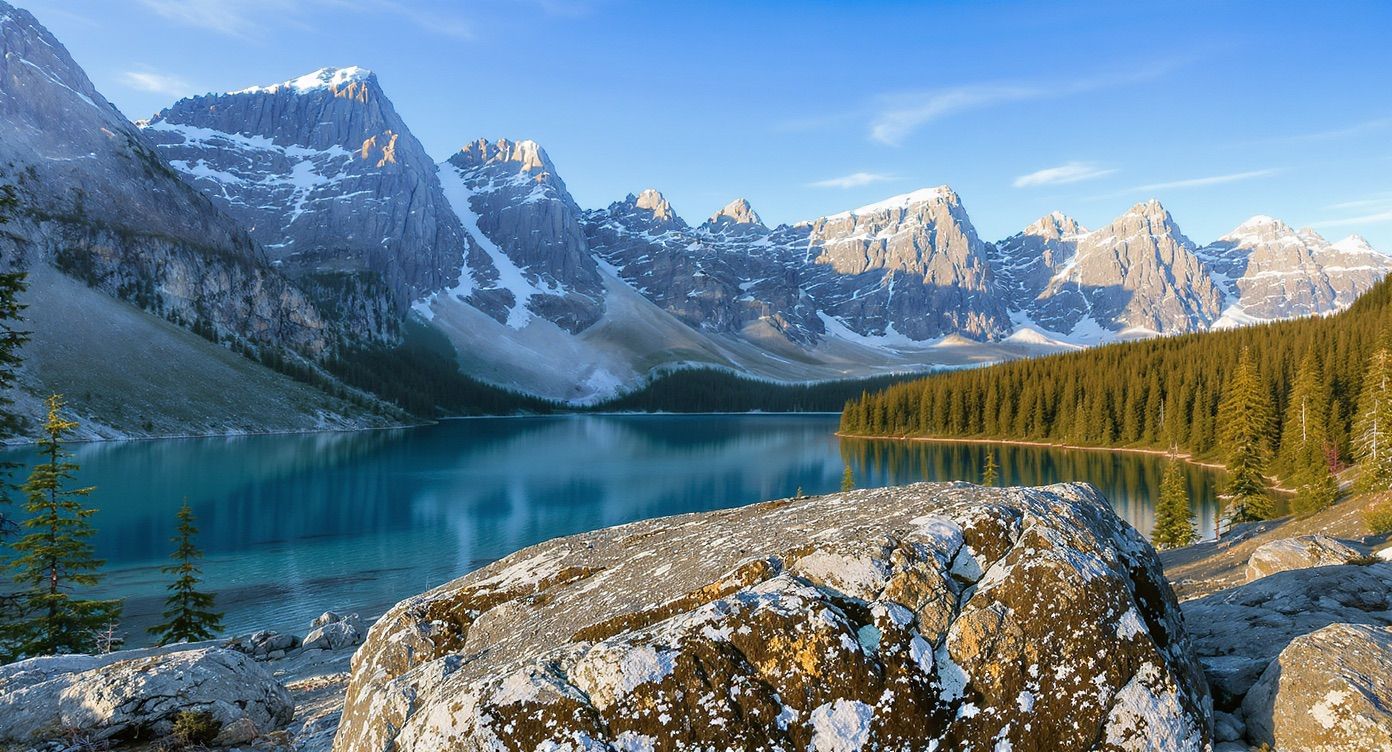
Foreground/background layers
Camera Angles for Impact
Camera Angles for Impact
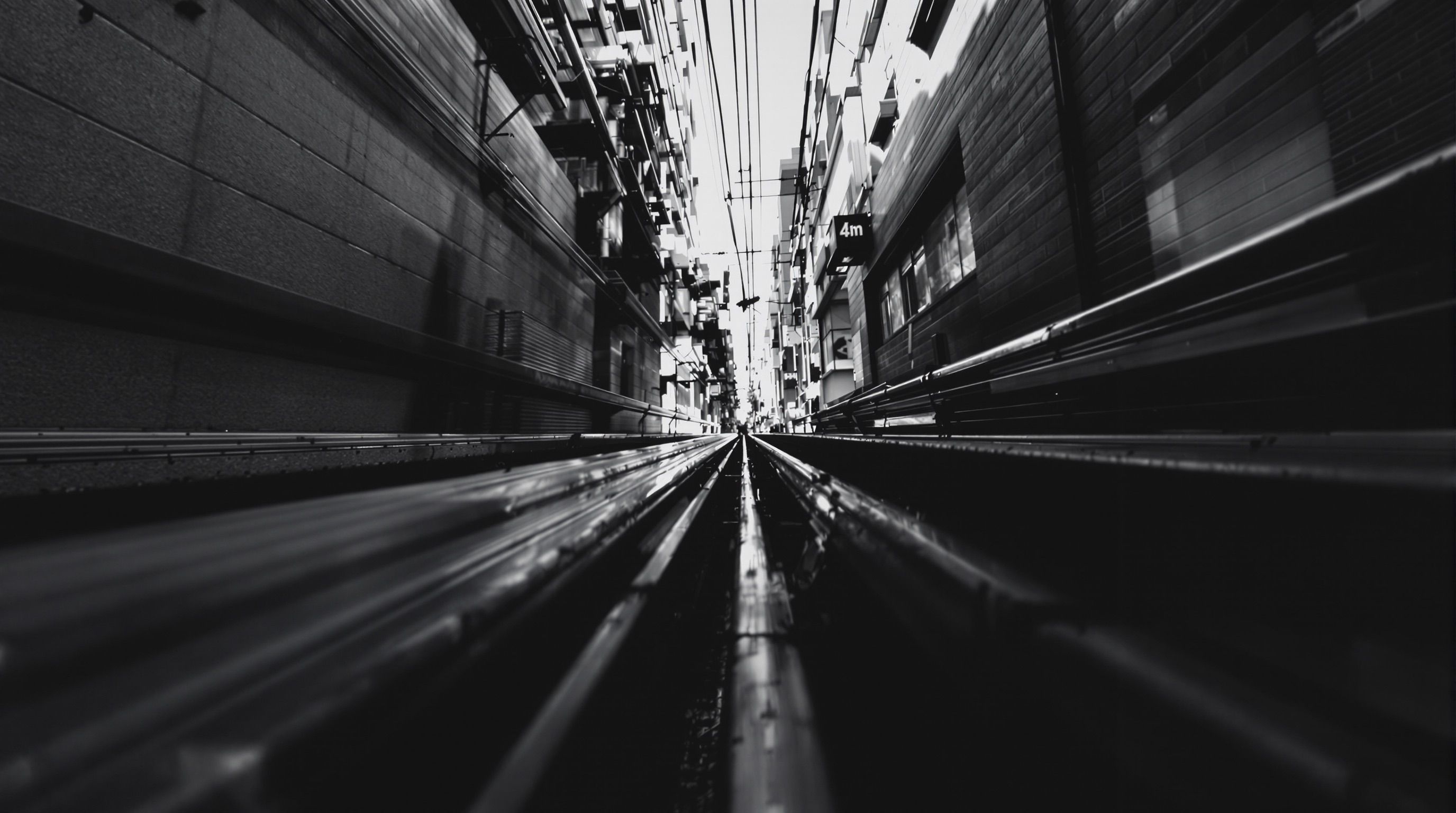
Low angle
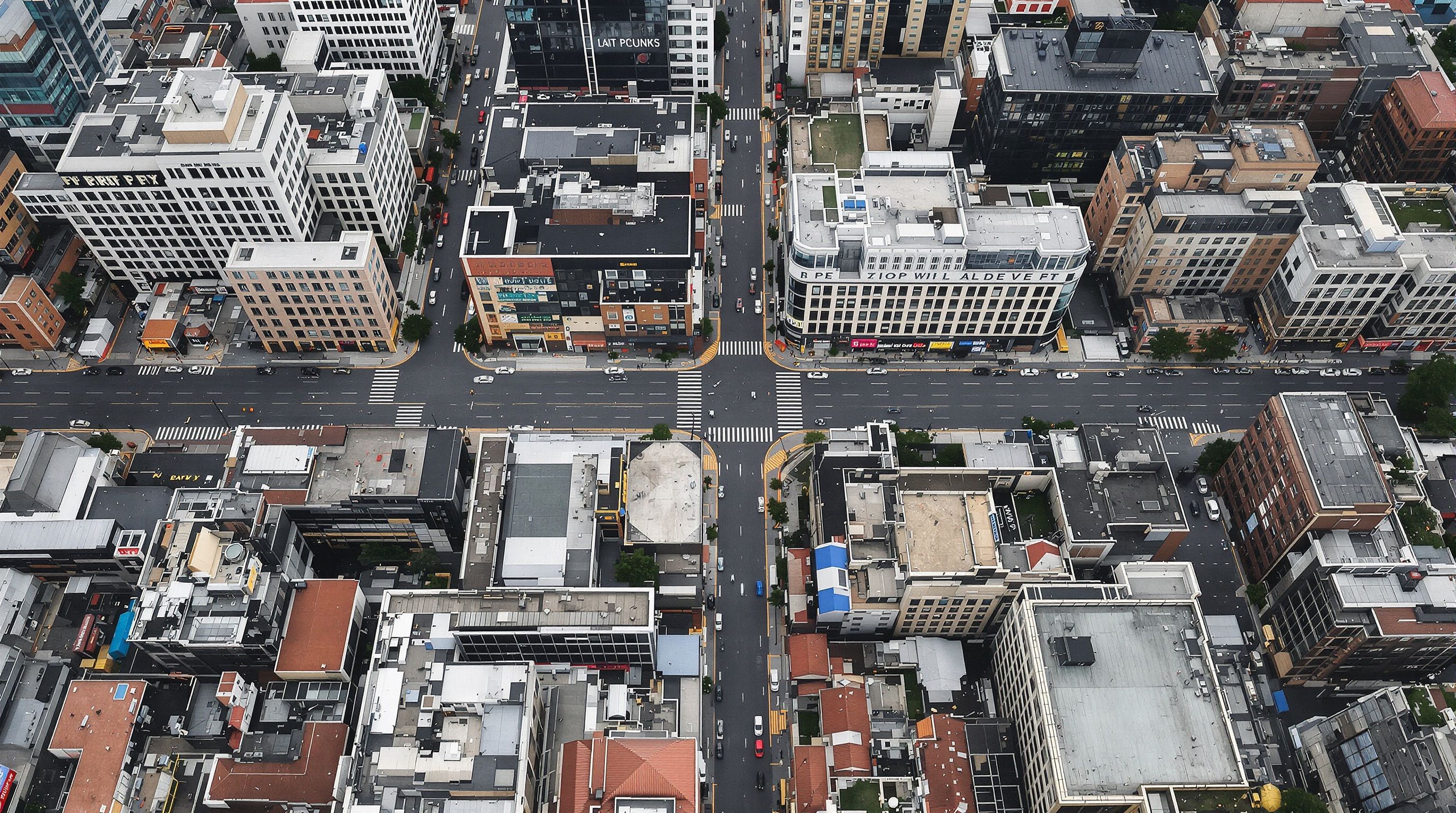
High angle
Cinematic Techniques
Reference film styles and cinematography for dramatic results.- Lighting: “Dramatic chiaroscuro lighting in the style of Roger Deakins cinematography”
- Color Grading: “with teal and orange color grading reminiscent of Blade Runner 2049”
- Camera Angle: “captured with slight Dutch angle for psychological tension”
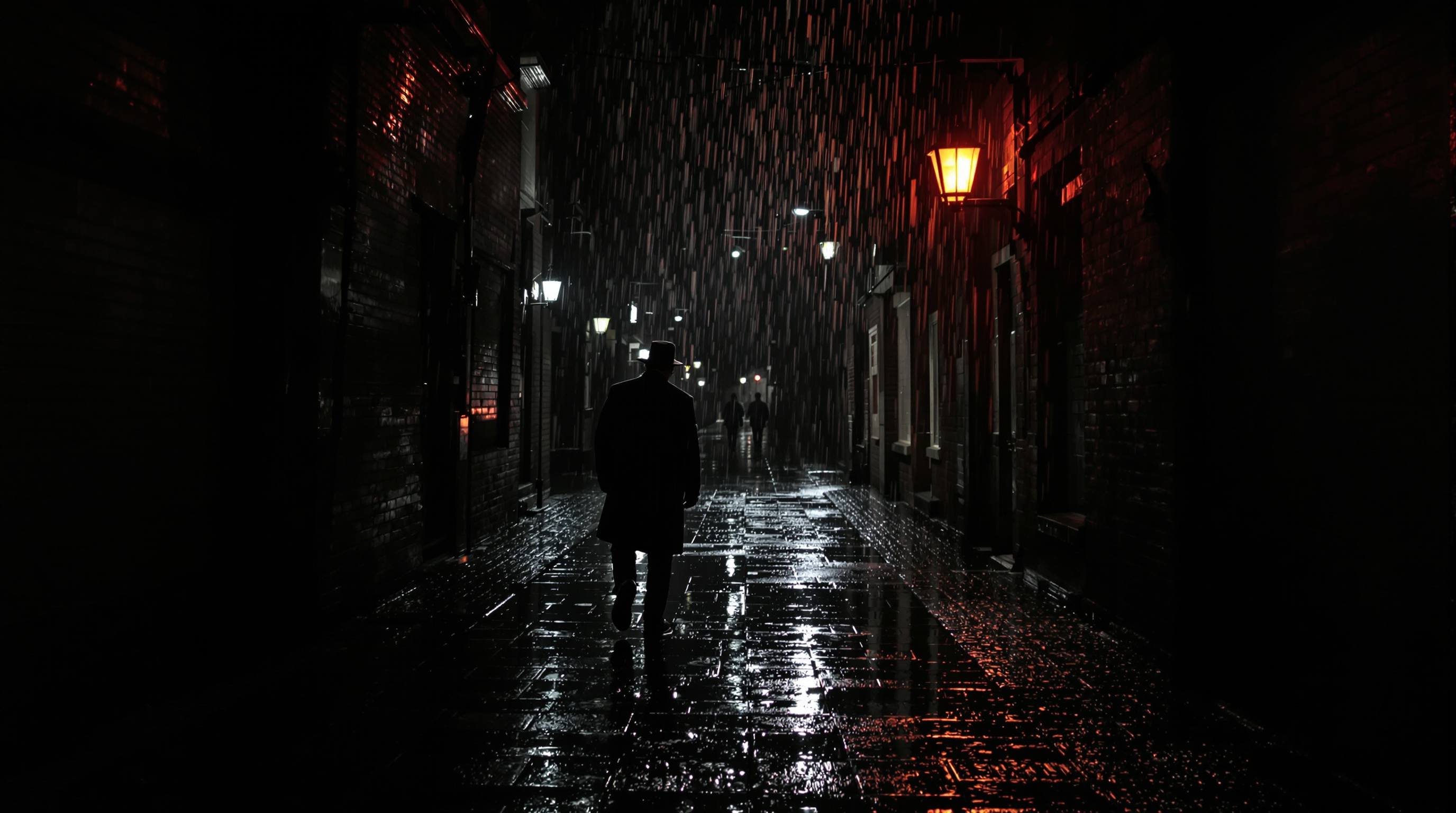
'Film noir detective in rain-soaked alley with dramatic lighting'
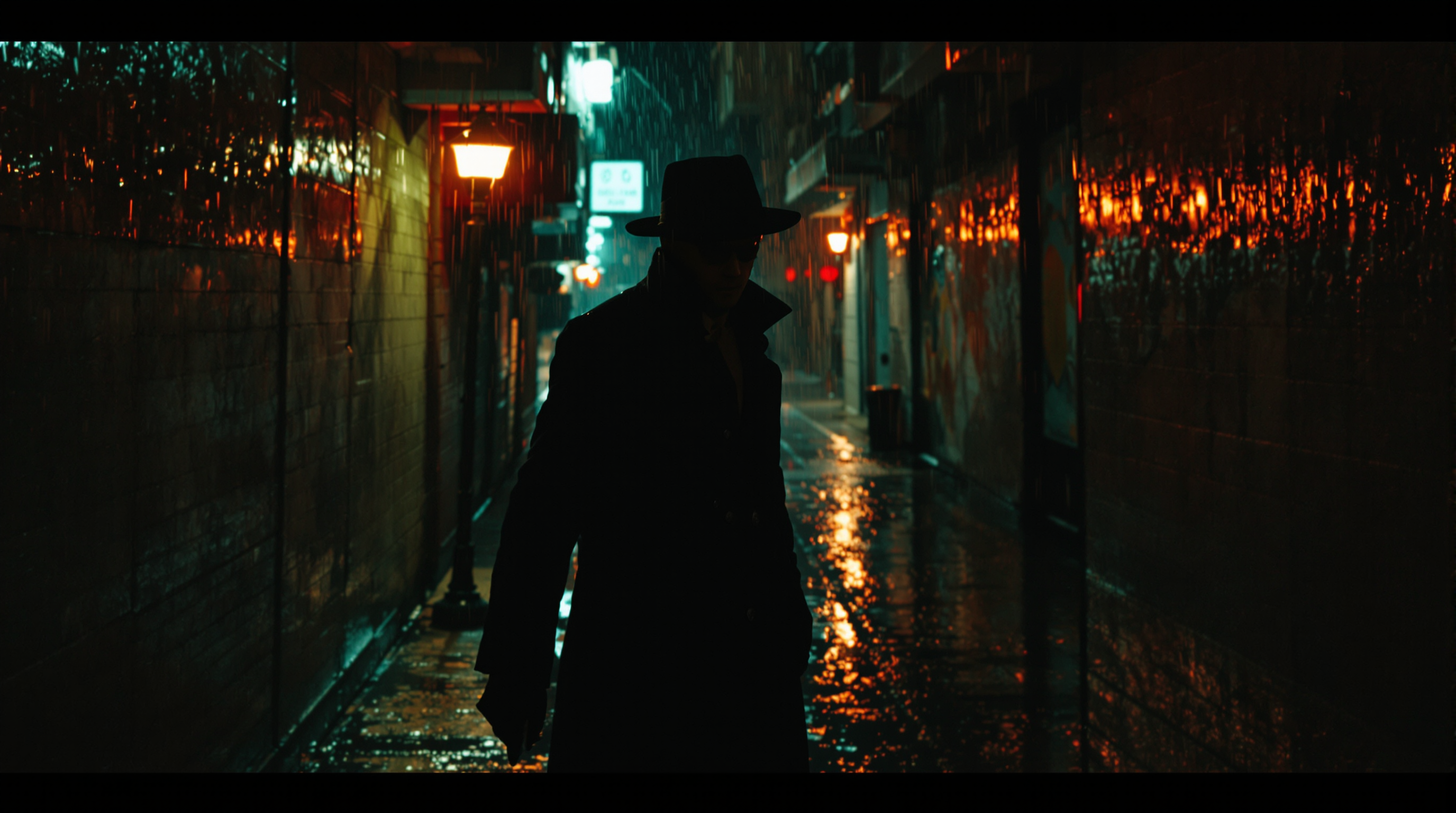
'Film noir detective in rain-soaked alley, 35mm lens, f/2.0, ISO 1600, dramatic chiaroscuro lighting, teal and orange color grading, slight Dutch angle'
Text Integration & Typography
Text Rendering Capabilities
FLUX handles text exceptionally well when prompted correctly.Enclose in Quotation Marks
Describe Placement
Specify Font Style
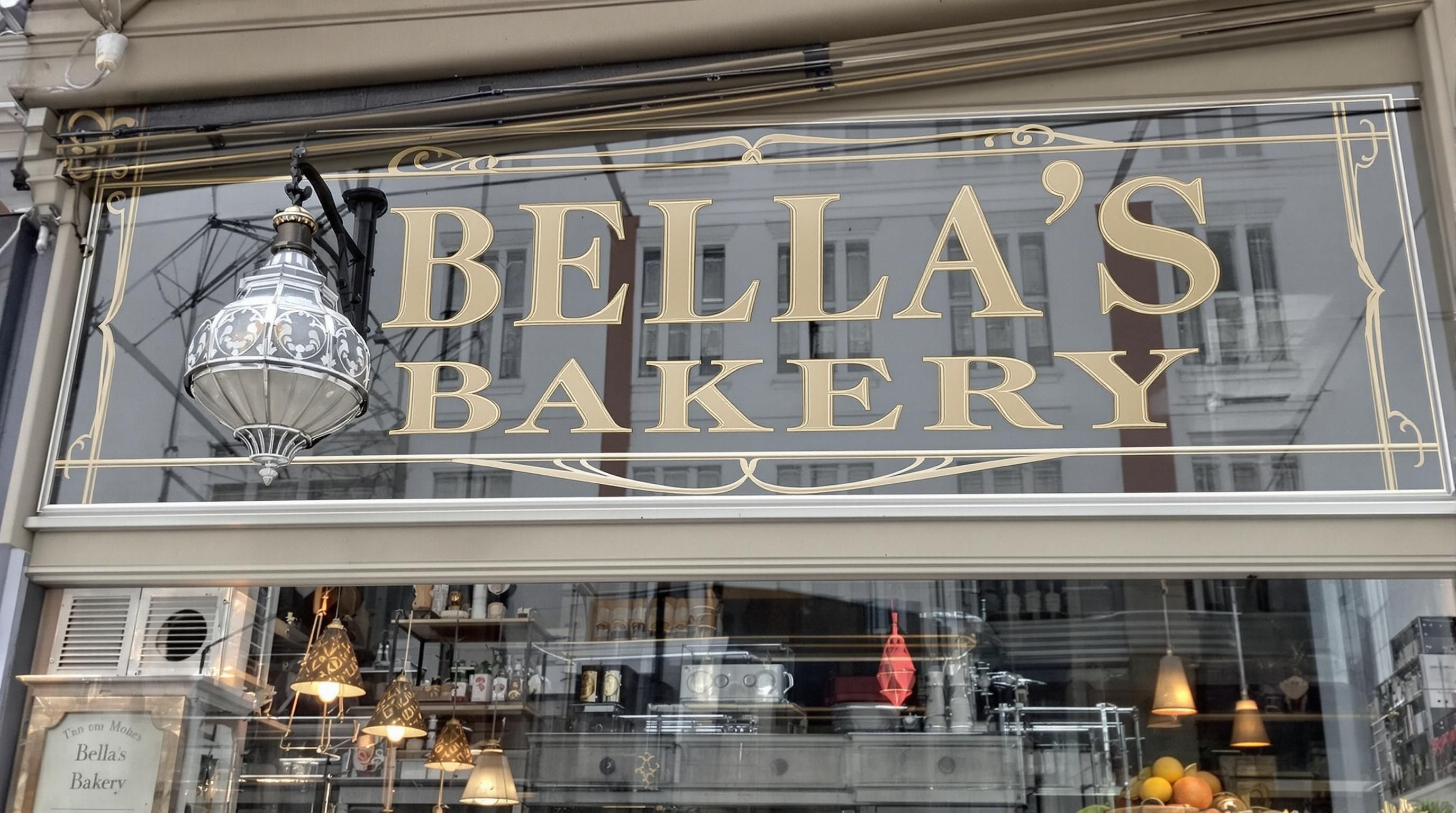
Typography Basics
Font Character & Effects
Font Character & Effects
Sans-serif = modern, clean, minimal
Script = elegant, vintage, decorative
Display = bold, impactful headlines3D text adds dimension: “raised chrome letters with realistic metal reflections”
Neon effects create atmosphere: “glowing neon text with electric blue light”
Vintage signs add authenticity: “weathered painted text with chipped paint and rust”
Text Integration & Placement
Text Integration & Placement
Object-Based Text: “printed on a newspaper being read by the character”
Atmospheric Text: “spelled out in glowing constellation stars across the night sky”
Text Quality Tips
Text Quality Tips
- Front-load text descriptions in your prompt for better accuracy
- Be specific about font style rather than using generic terms
- Describe text color and effects for visual impact
- Include text integration with environment for realism
- Use quotation marks around exact text you want rendered
